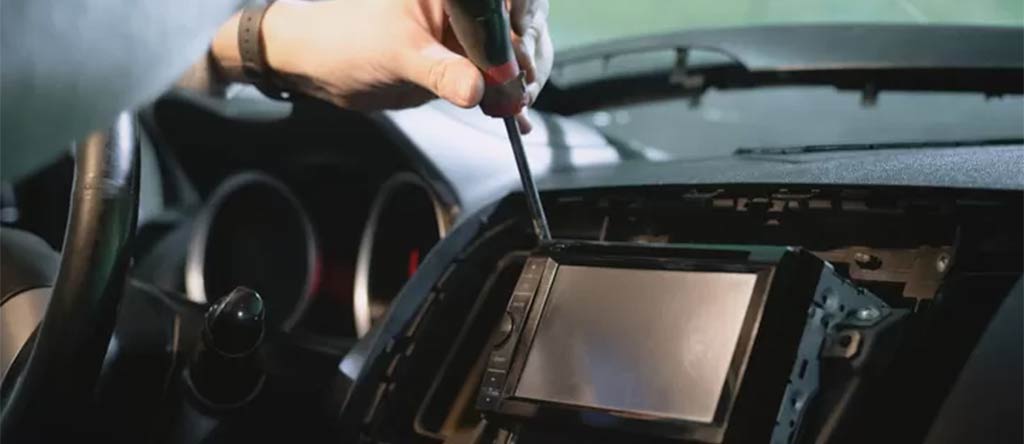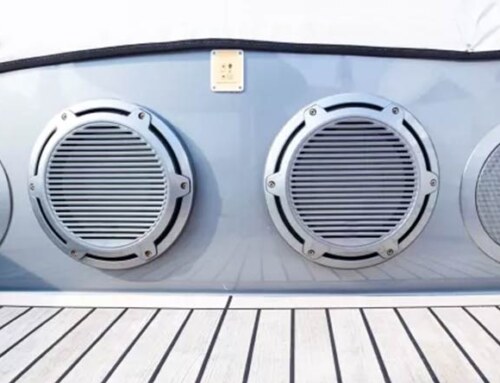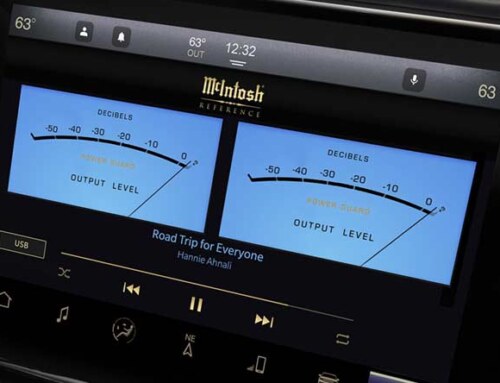An upgrade to your car audio system can transform the driving experience, making those road trips or daily commutes more enjoyable. However, installing a car audio system is not quite as simple as buying and plugging the equipment. For the best quality sound and to avoid frustration, there are several things you need to consider before you make a purchase. Here’s a primer to get you acquainted with the basics of car audio installation so that you can make an informed decision and end up with a system that will suit you.
1. Know Your Audio Requirements
Before purchasing anything, you must understand what you’re searching for in your car audio system. Some people merely want to improve sound quality, yet others wish to have more features like better bass or Bluetooth functionality. This understanding will empower you to make the right choices for your system.
Choose what’s important to you:
- Are you a bass fan who wants to feel that bump with each beat? You’ll require a powerful subwoofer if this describes you.
- Do you listen to podcasts or audiobooks and value clarity over bass? A decent pair of speakers will do.
- Do you wish to stream music via Bluetooth or connect your phone for hands-free calling?
- A definitive idea of what you want will narrow your options and avoid unnecessary shopping.
2. Set Your Budget
Car stereos can be somewhat affordable or quite pricey. Before you start shopping, you should decide upon an affordable price range. As you are setting your price range, be sure to factor in the price of both the equipment and the installation (if you are not installing yourself). You can get basic installations for as little as $200, and elaborate systems with high-quality components, such as a top-of-the-line head unit with Apple CarPlay and Android Auto, a set of premium speakers, a powerful amplifier, and a high-end subwoofer, can range into the thousands.
Remember accessories. Amplifiers, wires, dash kits, and mounting brackets are often overlooked in initial cost estimates, but they can add up quickly. Be sure to factor these in when setting your budget.
3. Know Your Vehicle’s Specifications
Not all car audio systems are compatible with every car, so you must know your car’s specifications before you buy any of the components. Measure your existing speakers, check the size of your dashboard, and see how much space you have in your trunk if you’re planning on adding a subwoofer. If you’re not sure, check your car’s manual or look online for the exact measurements and compatibility.
4. Car Audio System Components
- A car audio system comprises various components that come together to provide the sound. It’s essential to know the components to make wise choices:
- Head Unit (Receiver): This is the brain of your audio system. New head units provide features such as Bluetooth, touchscreen displays, Apple CarPlay, Android Auto, and others.
- Speakers: These are the most critical pieces for sound quality. Upgrading your factory speakers to aftermarket speakers can greatly enhance clarity, mid-range response, and listening enjoyment.
- Amplifier: An amplifier boosts the power of the signal being delivered to the speakers, which makes the sound louder and more transparent. If you plan on installing high-quality speakers, an amplifier is necessary to get the most out of them.
- Subwoofer: A subwoofer is dedicated to reproducing low-frequency sounds, or bass. While most factory systems do a decent job with mid- and high-frequency sounds, they often lack bass response. A subwoofer solves this problem and is a must for bass lovers.
- Wiring Kit: You’ll need the proper wiring to connect everything. Getting quality wires compatible with your setup is essential to ensure clear sound without interference.
5. DIY vs. Professional Installation
One of the most important decisions you’ll have to make is installing the audio system yourself or hiring a professional. Both options have pros and cons, so consider your skills, budget, and the system’s complexity before deciding.
- DIY Installation: If you are handy with tools and understand car electronics well, a DIY installation will cost you significantly less. Online tutorials and instructions are there to guide you through the process, but you will need patience and the right tools. However, if you are dealing with a more complex system (like installing amplifiers and subwoofers), you might be better off allowing professionals to do their magic.
- Professional Installation: Hiring a professional installer will ensure that your system is installed correctly and without damage to your car. They’ll also have the expertise to debug any issues arising during installation, such as wiring problems, compatibility issues, or sound distortion. However, professional installation can be expensive based on the complexity of the system and the installer’s charges.
6. Don’t Skimp on the Installation Accessories
It may be tempting to cut costs by skimping on mounting brackets, wiring, and other installation accessories, but this will cause problems down the road. Cheap wiring, for example, can lead to noise interference or damage to your equipment. Spend the money on good-quality wiring kits, connectors, and mounting brackets. These small-looking items significantly impact the performance and lifespan of your audio system.
7. Plan for the Future
If you’re working on a budget, you don’t have to buy everything at once. You can plan out your system and install components in phases. For example, you could initially install a new head unit and speakers, then add a subwoofer and amplifier. Could you ensure the components you choose will be compatible and easily integrated when upgrading?
8. Test Your System Before Finalizing Installation
Before you tighten everything down, you can test your system to ensure it works properly. Please verify that all speakers are working, the sound is clear, and your head unit operates as it should. It’s far easier to correct problems when everything is still available. Once satisfied, complete the installation by tightening down all components.
Conclusion
Planning for a car stereo system upgrade can be an enjoyable project that has a massive impact on how you listen. Before you purchase any components, spend a little time planning. Consider your needs, budget, vehicle specifications, and whether you will do it yourself or hire someone. If you do your planning, you will wind up with a system that sounds wonderful and makes you happy for years to come.





